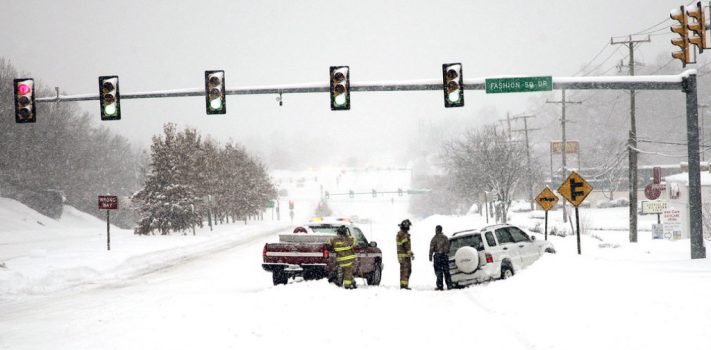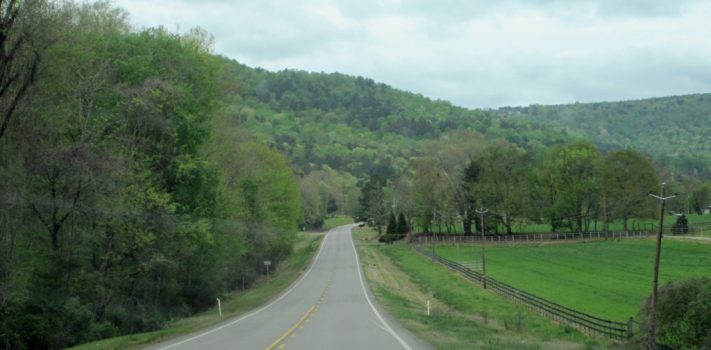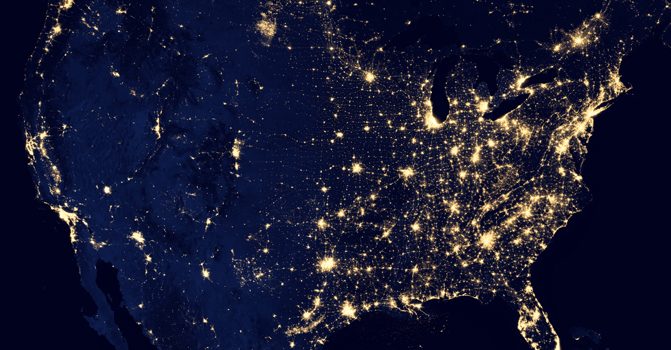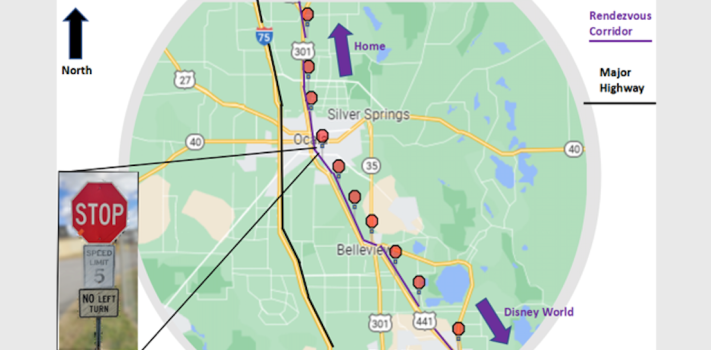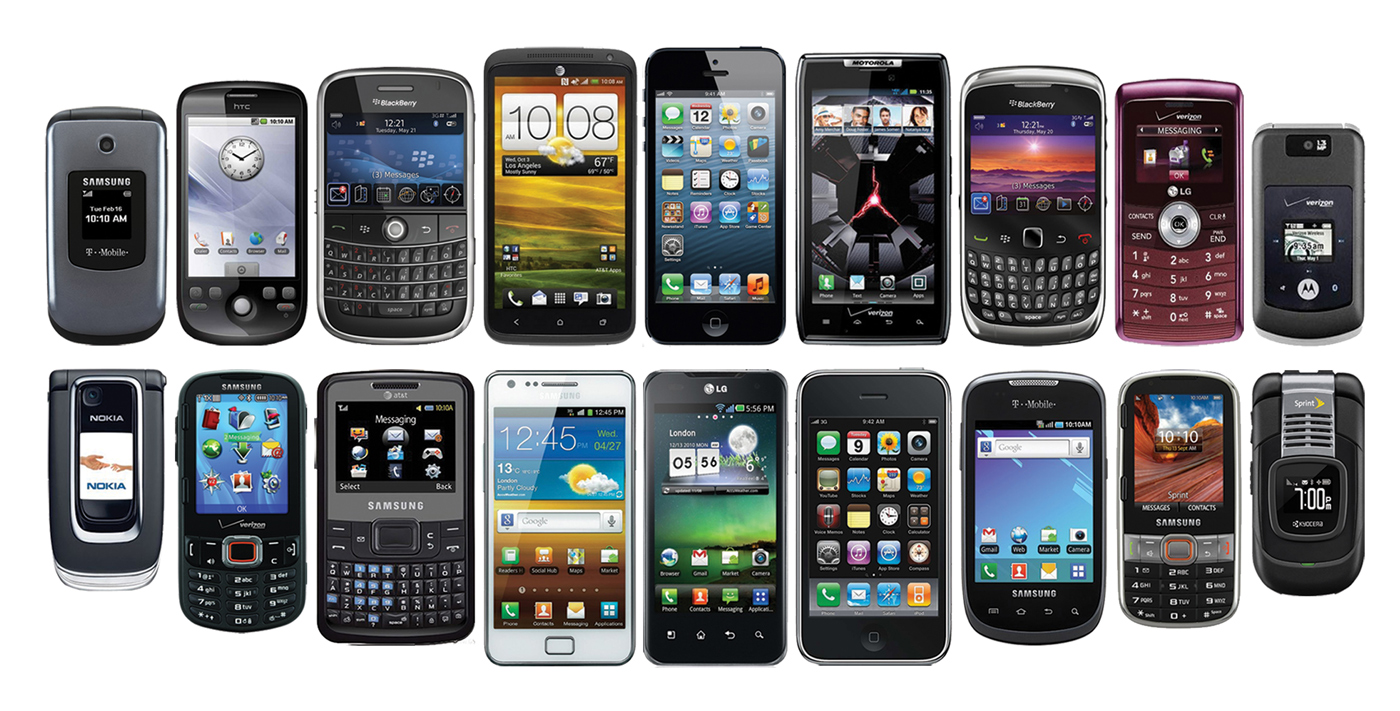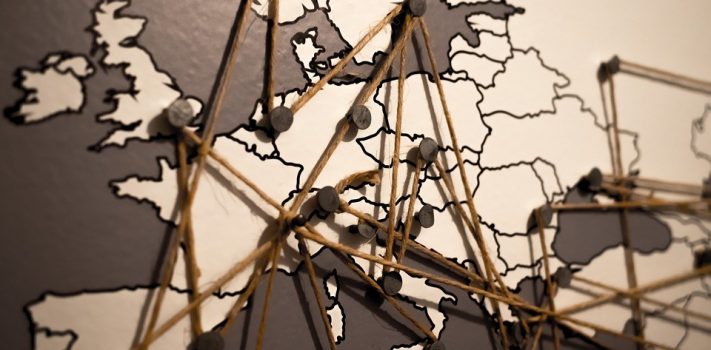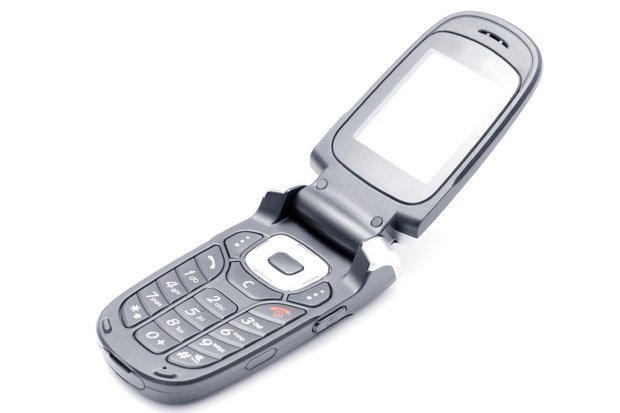Solo Road Travel, by Hollyberry
THE PLANNING STAGE I live in Maine, and my mom lives in New Jersey. The drive, one way, is 550 miles. Depending on weather conditions and traffic, the drive will take 9-10 hours. I have been making this trip several times a year for about 19 years now. Due to mom’s declining health I have been required to travel more frequently. We have some animals/livestock that need attending to so my husband stays home on “homestead duty”. I wish my dogs were car dogs but they would make that 10-hour drive even longer so I go by myself. Over the …

